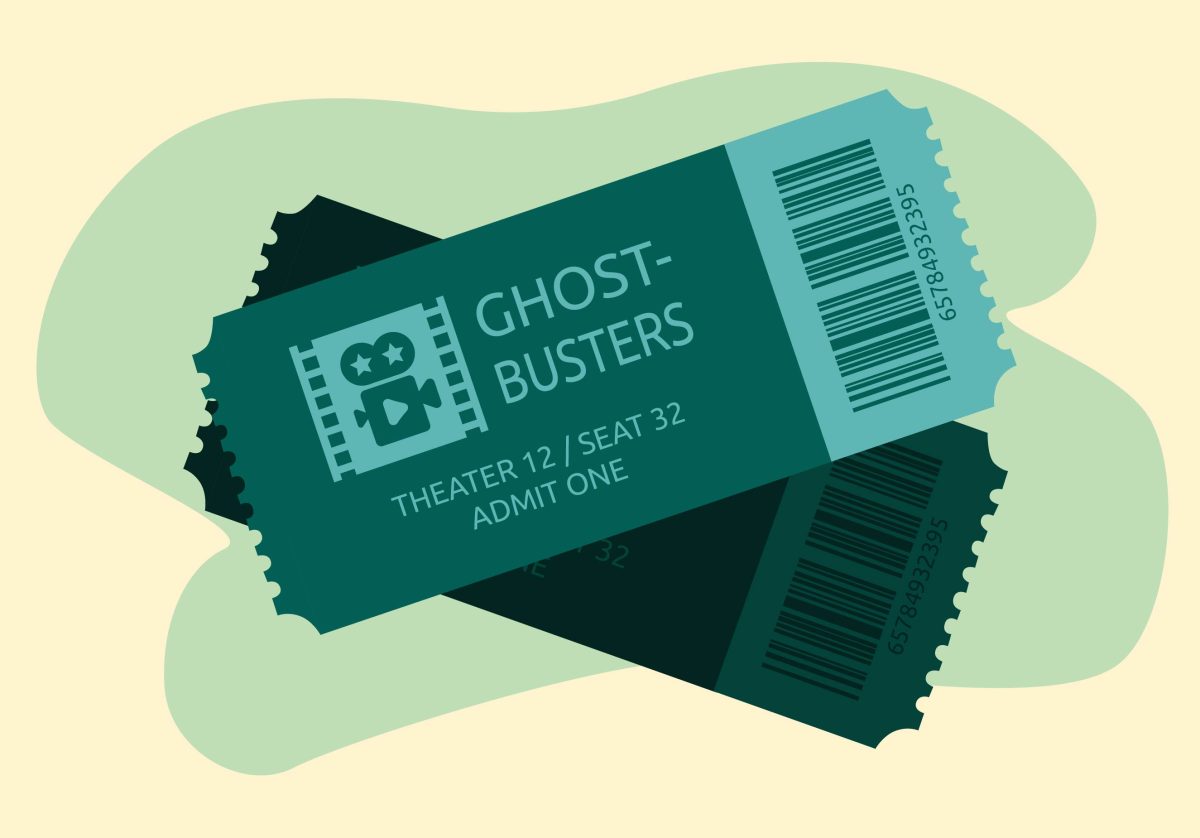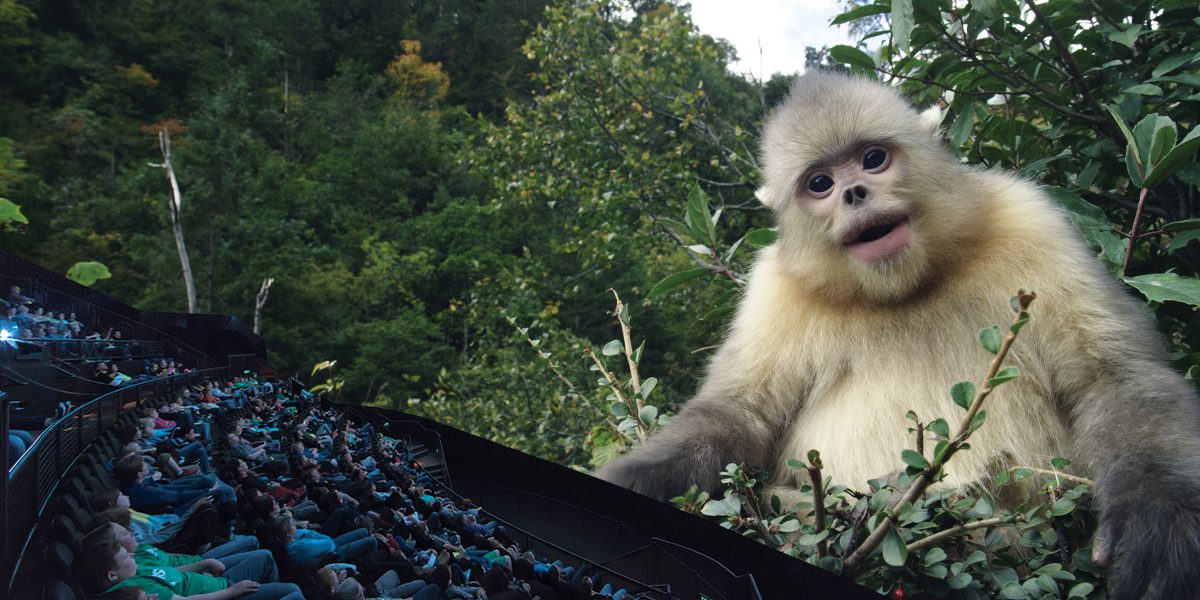This is the story of a man, marked by an image from his childhood.” So begins French director Chris Marker’s 1962 film “La Jetée,” the voiceover describing a still portrait of a young lady smiling.
While distinctly serene, the woman’s face is the only image left flourishing in the main character’s war-torn mind. It also serves as a suitable introduction to Marker’s imagistic films, showcased in the retrospective “Cinematic Pilgrimage” playing at Oak Street Cinema.
Marker’s work and signature style, a collage of still shots and archived footage, spans the last half of the 20th century. Among the different techniques in his films, unadulterated photographs join loose cinematic narratives to form pastiches of fact and fiction.
“La Jetée” takes these still photographs and omniscient narration to a new level of creepy disenchantment in a series of flashbacks.
Marker’s sci-fi story, later the basis for Terry Gilliam’s “12 Monkeys,” takes place after World War III has ravaged Paris and the world.
The opening shot and narration, “the violent scene that upsets him, and whose meaning he was to grasp only years later” is a prelude to the inevitable. This man’s subjective memory, and the relevance behind the image, will usurp the historical reality that he finds himself imprisoned within.
A bird’s-eye shot of contemporary Paris is juxtaposed against a ruined cityscape. Then the camera, scouring the Parisian sewer system’s depths, reveals the first signs of post-apocalyptic life.
With telescopic lenses protruding from their eye sockets and deranged smiles, a group of scientists are bent on restoring humanity to its pre-war paradise via time travel experiments.
To accomplish this, the scientists need subjects with strong memories and images of the world before the war to “summon the past and future to the aid of the present.”
The unnamed man, still clinging to his memory of the young lady, becomes the chosen one.
At 28 minutes, “La Jetée” is a short film, yet it manages a psychological prowess that longer pieces lack.
During the experimental scenes, painful shots of the man in agony are contrasted with the idyllic images of pre-war Paris and the woman. Marker uses these disparate montages to create an unreality between the polarized opposites of future and past.
After surviving the initial experiments, the scientists transport the man into the future to see what has become of humanity.
Free-floating heads with funky objects implanted on their brows give him a “power unit strong enough to put all human industry back into motion.”
Now with a remedy, Marker puts his character at an awkward crossroads and asks the audience to consider: Does the man perform his duty or simply regress into the cozy, infantile refuge of the woman, the image and the seductive past?














